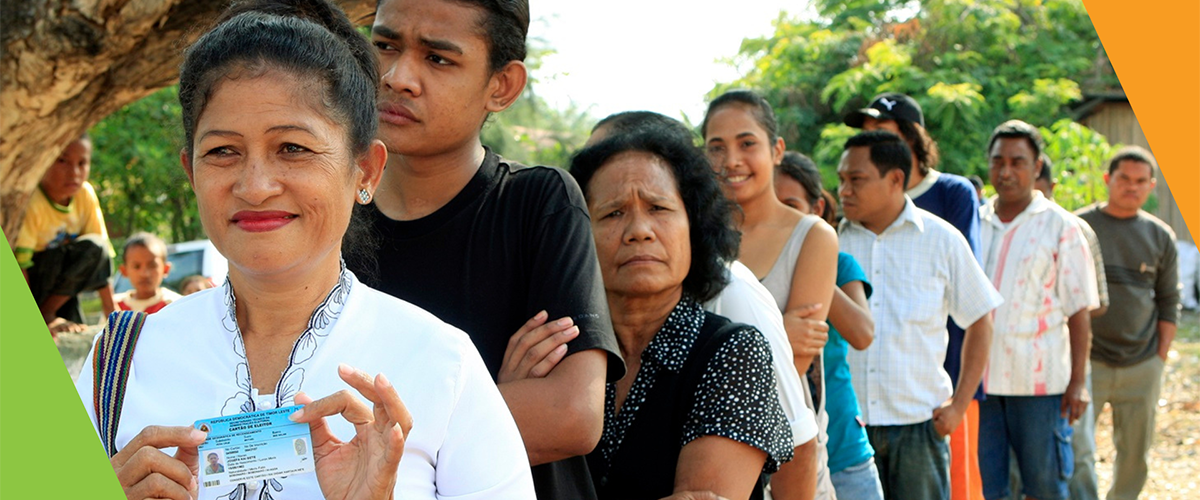Physicians’ Handbook on Medical Certification of Death
This handbook contains instructions for physicians on cause-of-death certification. It was prepared by the Department of Health and Human Services’ Centers for Disease Control and Prevention’s National Center for Health Statistics (NCHS). These instructions pertain to the 2003 revision of the U.S. Standard Certificate of Death and the 1992 revision of the Model StateVital Statistics Act and Regulations. This handbook serves as a model that can be adapted by any vital statistics registration area.

















